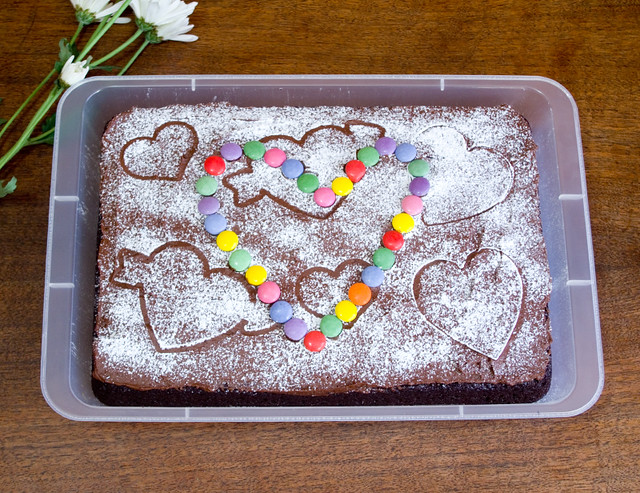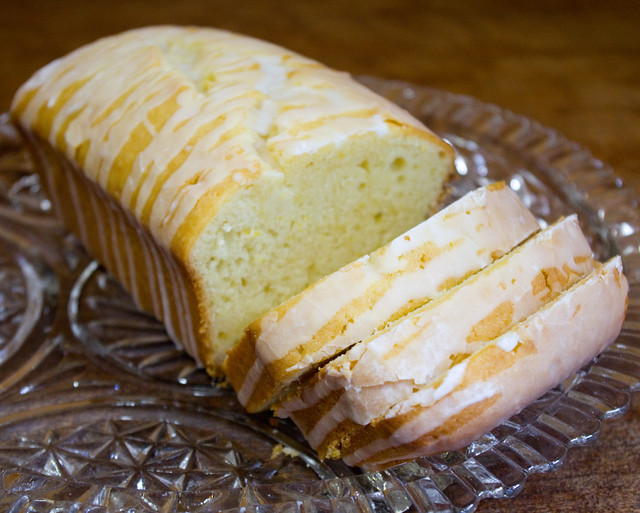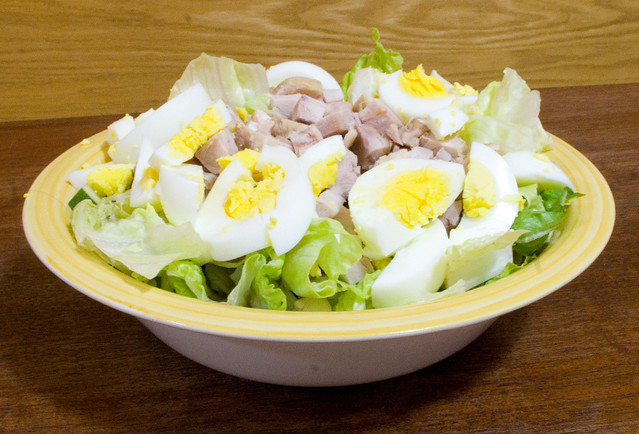Yesterday Mother Nature decided to prove, once again, that she reigns supreme by throwing a rare (but not unheard-of) snowstorm at us a good week into April. I feel very lucky that I hadn’t had the snow tires taken off of my car yet — unlike my poor parents. I was so happy the other day when I realized that I could see grass peeking through the snow in the back yard, making progress even from last week when I broke out the barbecue. As of halfway through yesterday afternoon, the view out my back door looked like this:
It did continue snowing throughout the rest of the day, although it was only lightly and hence didn’t accumulate all that much. I feel so much worse for my friends and family in Atlantic Canada who are supposed to get double the snowfall that we did! There’s a reason that we don’t plant our gardens here before the Victoria Day weekend at the end of may, and it isn’t just fear of frost.
In addition to the depressing weather, I still am suffering from a nasty cold, so yesterday’s supper had to be warm, filling, and easy. I thought that some tasty finger foods were in order. Much to my surprise, there was a great deal at one of the nearby grocery stores on zucchini this week, which doesn’t usually happen quite this early. I am left to surmise that places further south that have actually progressed through spring are having a bumper crop this year. So I decided to make some baked Panko zucchini sticks, which the kids love but haven’t had since the end of last summer. I thawed some Costco chicken wings and threw them in the oven, and while the were baking I threw together the zucchini sticks. Since the two dishes are cooked at the same temperature, for the last 15 minutes or so of cooking time I transferred the chicken to the top rack and cooked the zucchini on the bottom. This way both dishes were done at exactly the same time and could be served right away.
I think I’m about done with winter, by the way. It’s only two weeks until Easter; will Santa have to ferry the Easter Bunny to us in his sleigh?
















